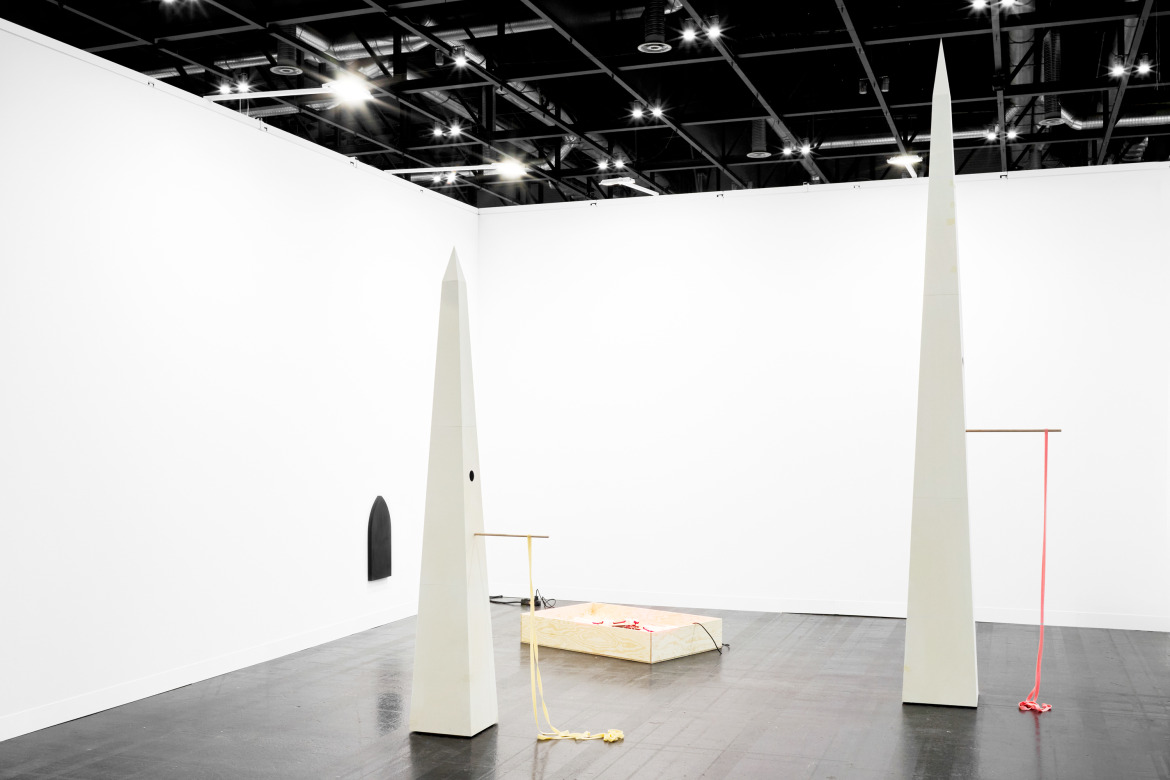Catch-up service:
Why Am I At My Lowest In the Middle of the Night?
Seven Features Of Post-Literate Politics
Podcast: James Marriott on Britain’s Elites
Nine Principles For Success In the Age of AI
This week’s essay is free to read. Then after the jump, my thoughts on Keir Starmer’s immigration strategy, plus a rattle bag of delights.
On the morning of January 30, 1889
Crown Prince Rudolf of Austria and his mistress Mary Vetsera were found dead in the prince’s bedroom at the Imperial Hunting Lodge at Mayerling, in the woods outside Vienna. Rudolf was 30, Mary was 17. Rudolf had shot Mary in the head, before turning the gun on himself. Lovers for just a short while, the two had made a suicide pact. Mary left letters of farewell to her family: “Please forgive me for what I’ve done. I could not resist love…I am happier in death than life.”

The news rocked Europe, where Rudolf was famous and admired. He was seen as more modern, dynamic and far-seeing than his rather stiff father, the Habsburg ruler, Franz Joseph, emperor of Austria and king of Hungary. Rudolf’s early death made a tear in the fabric of history. Since Rudolf had no son, the new heir presumptive became Franz Joseph’s nephew, Franz Ferdinand. Franz Joseph was still emperor on 28 June, 1914, when that plan bit the dust too.
The Viennese Cultural Renaissance

I’ve been reading Frederic Morton's 1979 book, A Nervous Splendour, which sets the Mayerling incident in the context of fin-de-siècle Vienna. Vienna around the turn of the century might just outdo them all. In that city, at that time, psychology was reinvented by Freud, classical music by, in turn, Mahler and Schoenberg; visual arts by Klimt and Schiele; architecture by Otto Wagner and Adolf Loos; economics by von Mises; literature by Schnitzler and Zweig; Jewish identity by Herzl. Hayek (economics), Popper, and Wittgenstein (both philosophy) were Viennese too, even if they did their revolutionary work elsewhere.
Morton focuses on a short period at the beginning of this phase: the turn of 1888 into 1889. Apart from Rudolf and Vetsera, his cast of characters includes the 32-year-old Sigmund Freud, established, barely, as a neurologist, and just starting to grope towards the ideas that became psychoanalysis (his breakthrough album, The Interpretation of Dreams, was a decade away); Gustav Mahler and Anton Bruckner, the former near the beginning of his career, the latter near the end of it, both unsatisfied with their status; Gustav Klimt, an artist discovering his own radicalism, and Theodore Herzl, a peacocking young journalist and playwright beginning to hunger for seriousness.
The Anxious City
All of them are in some way frustrated and anxious, which was typical: Vienna was, famously, a nervous city. Its feverish creativity emerged from claustrophobic diversity: in coffee houses enclosed by the Ringstrasse - the grand boulevard encircling Vienna’s inner city - chemists and psychiatrists and composers mingled with novelists and artists and physicists, caffeine fuelling their edgy conversations.

This was a city of extreme, bipolar pleasures. The Viennese were fuelled by cocaine, champagne, sex and dancing; stupefied by morphine, pastries, cakes and cigars. Culturally, there was an emphasis on ephemerality, on taking hits of hedonism while being cynically aware of the meaninglessness of it all.
Vienna's Modern Parallels
It’s not hard to spot parallels with our own time: an era of elite overproduction. Vienna’s pre-industrial anxiety is mirrored by our post-industrial version: for all the hardship that came with manufacturing, there was something grounding about it - at least that’s how it seems to those of us who make a living from Powerpoint slides and podcasts.

Morton also identified a political reason for Vienna’s malaise, and Crown Prince Rudolf’s depression. Liberalism, as championed by Rudolf and others, “had begun to go palpably wrong”. Instead of happiness and security, nervousness and anger.
Conclusion
Of course, this was written, and is read, with the knowledge that Vienna’s doomers were right: the apocalypse really was coming. But the fact that Morton’s description was at least somewhat applicable in 1889 and in 1979 - and still today, should remind us that we moderns live in a permanent age of anxiety; one which is sometimes justified, sometimes not. There’s something calming about that.



















